Posted on 17th July 2025 by Media Relations
Young Platypus released back to the Blue Mountains
After 11-weeks of treatment and rehabilitation at Taronga Wildlife Hospital in Sydney, a juvenile male platypus has been returned home to the Blue Mountains National Park.
The platypus was a shock discovery for a concerned member of public who spotted the vulnerable species waddling down a road in Hazelbrook in late April. Swift action by WIRES volunteers led to his admission to Blaxland Veterinary Clinic for initial assessment, where a shoulder wound was identified suspected to be from a predator attack.
The platypus was transported to Taronga Wildlife Hospital for specialised care, where the veterinary team conducted a comprehensive assessment and successful surgery. Following rehabilitation, the patient passed its health assessment and was found to be suitable for release back to the wild.
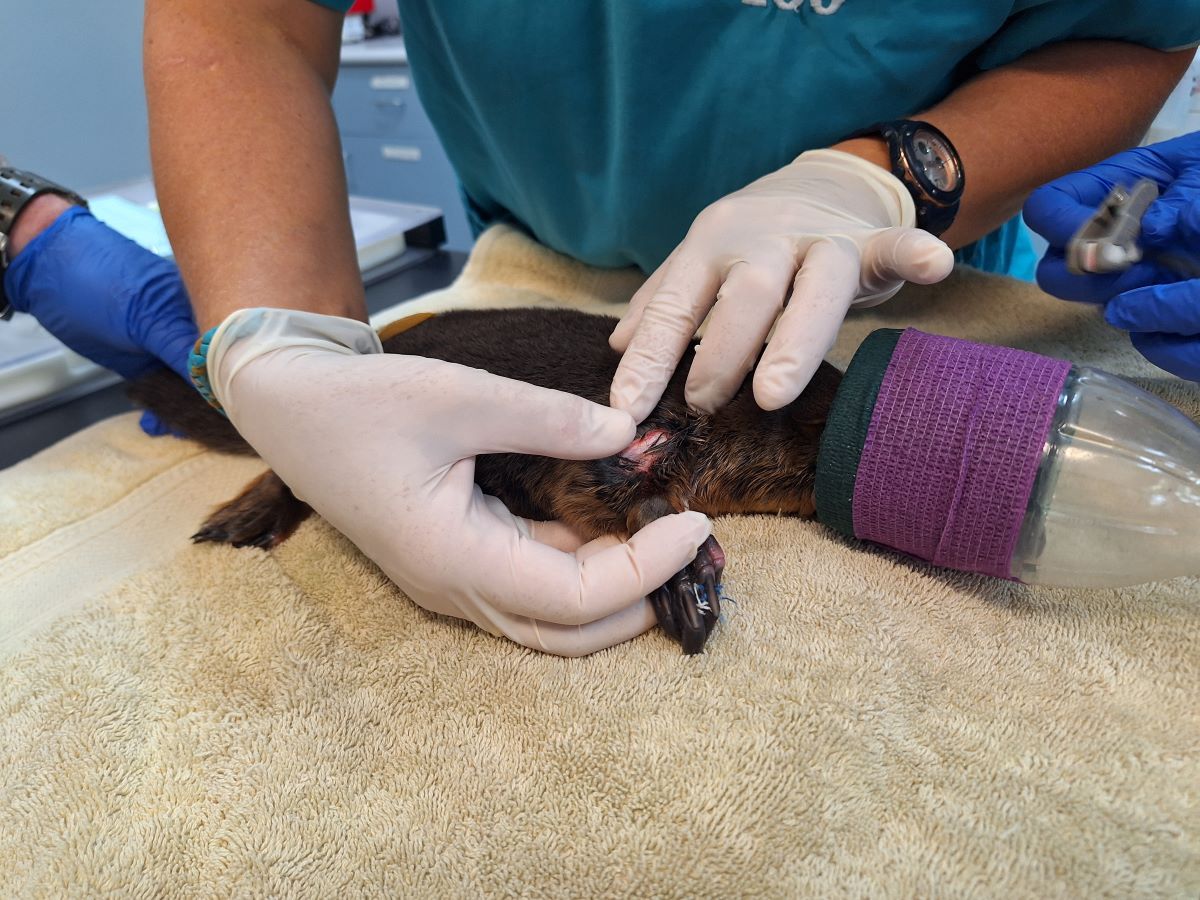
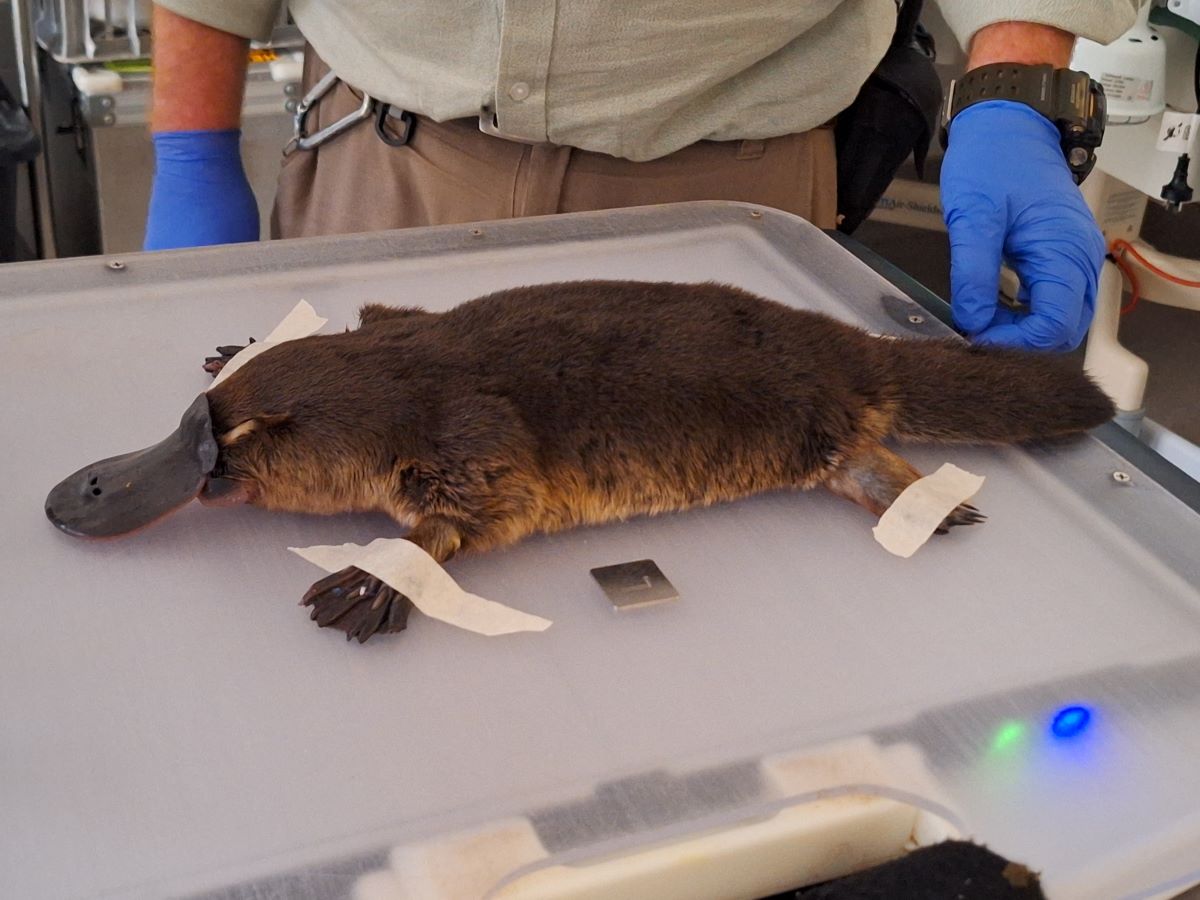
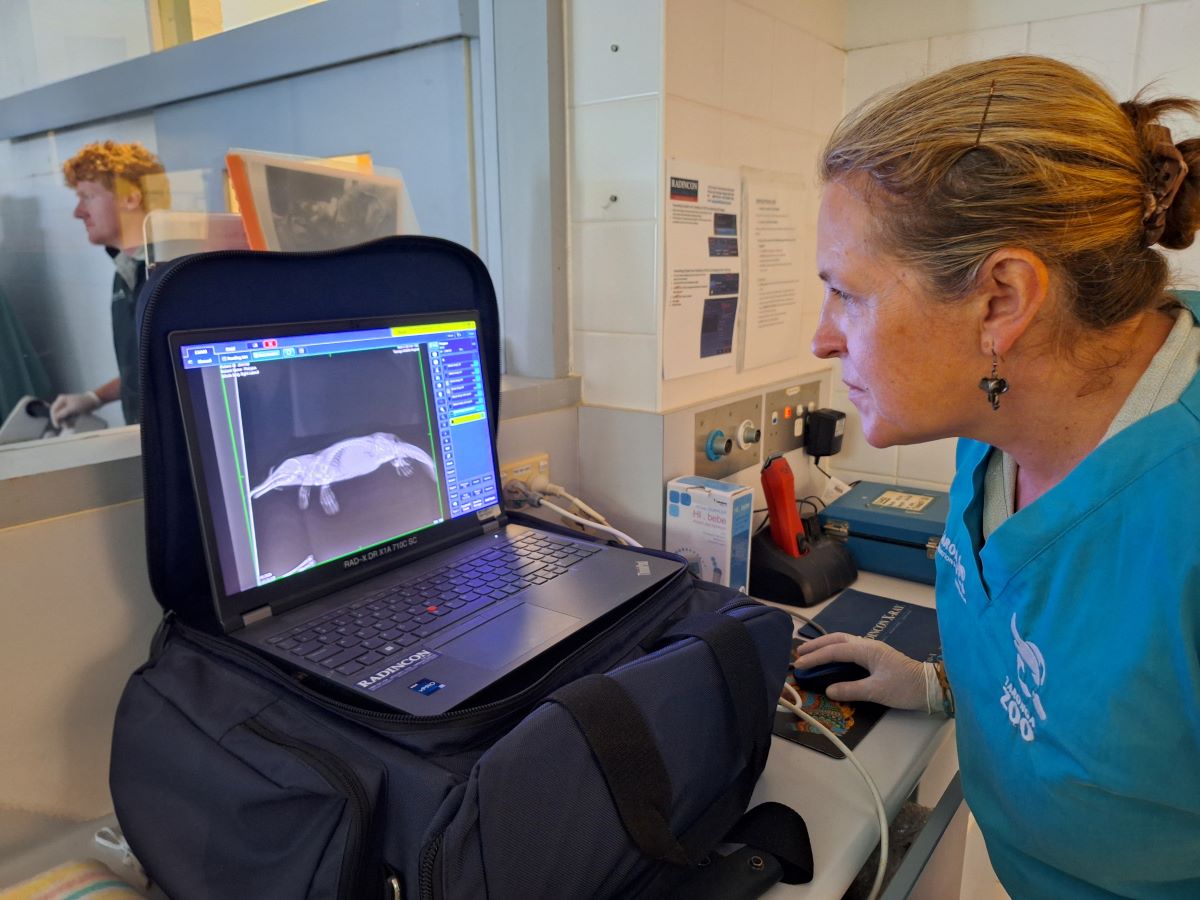
“Throughout his care and rehabilitation at Taronga, our goal was to maintain this platypus’s natural behaviours and readiness for the wild,” said Amy Guilfoyle, Australian Fauna Supervisor at Taronga Zoo Sydney.
Under the expert guidance of National Parks and Wildlife Services, the release took place in an area close to where the animal was found, with the dedicated carers of the patient watching on.
“The release area has confirmed platypus records, including eDNA sampling, over the last couple of years. It’s also in the same water network and close to where the animal was collected,” explained Will Batson, Manager Blue Mountains Branch, NSW National Parks and Wildlife Service (NPWS).
The return of this platypus to the wild carries deep ecological and cultural significance for New South Wales, where the species is recognised as the state’s official animal emblem. The Blue Mountains, part of a UNESCO World Heritage-listed area, provides critical habitat for this elusive and vulnerable species, which plays a vital role in maintaining healthy freshwater ecosystems.
“The platypus is a protected species and one of only a few venomous mammals in the world. It’s a great to see the collaborative wildlife care and best result of seeing it returned back to the wild,” said Anne Buttigieg, Blaxland vet nurse and WIRES volunteer.
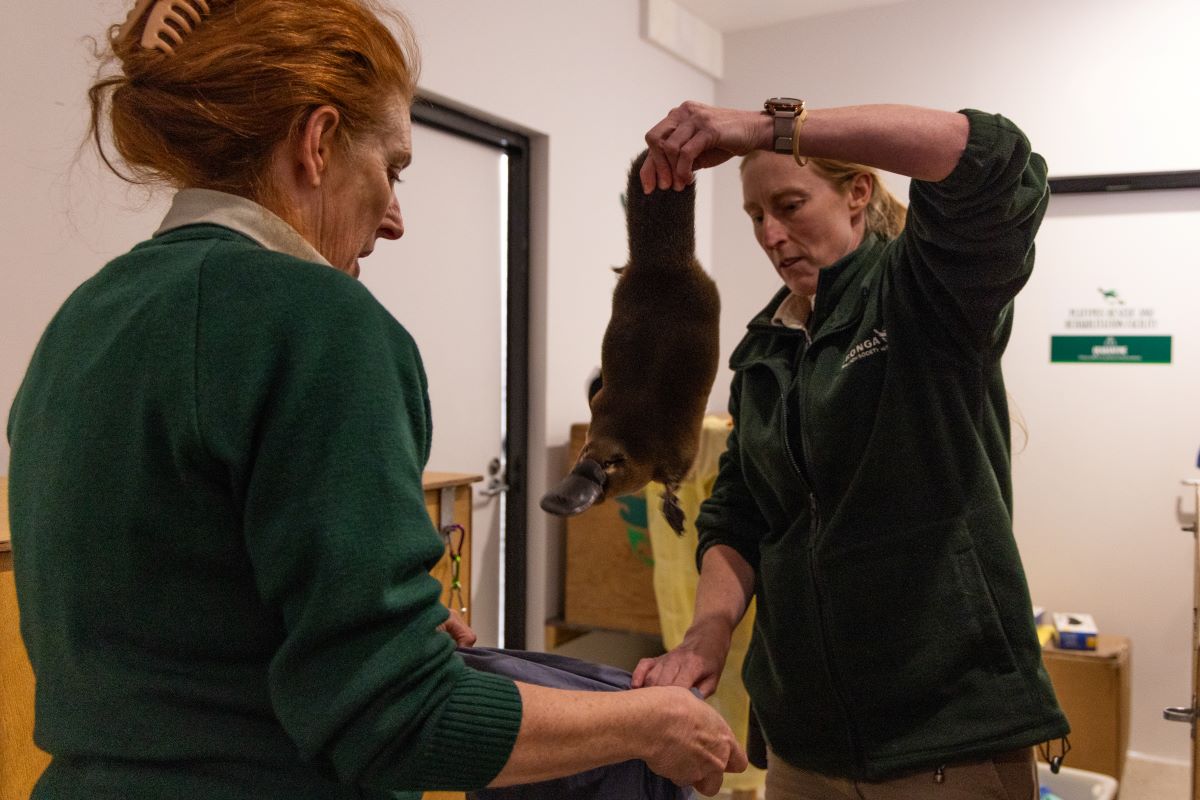
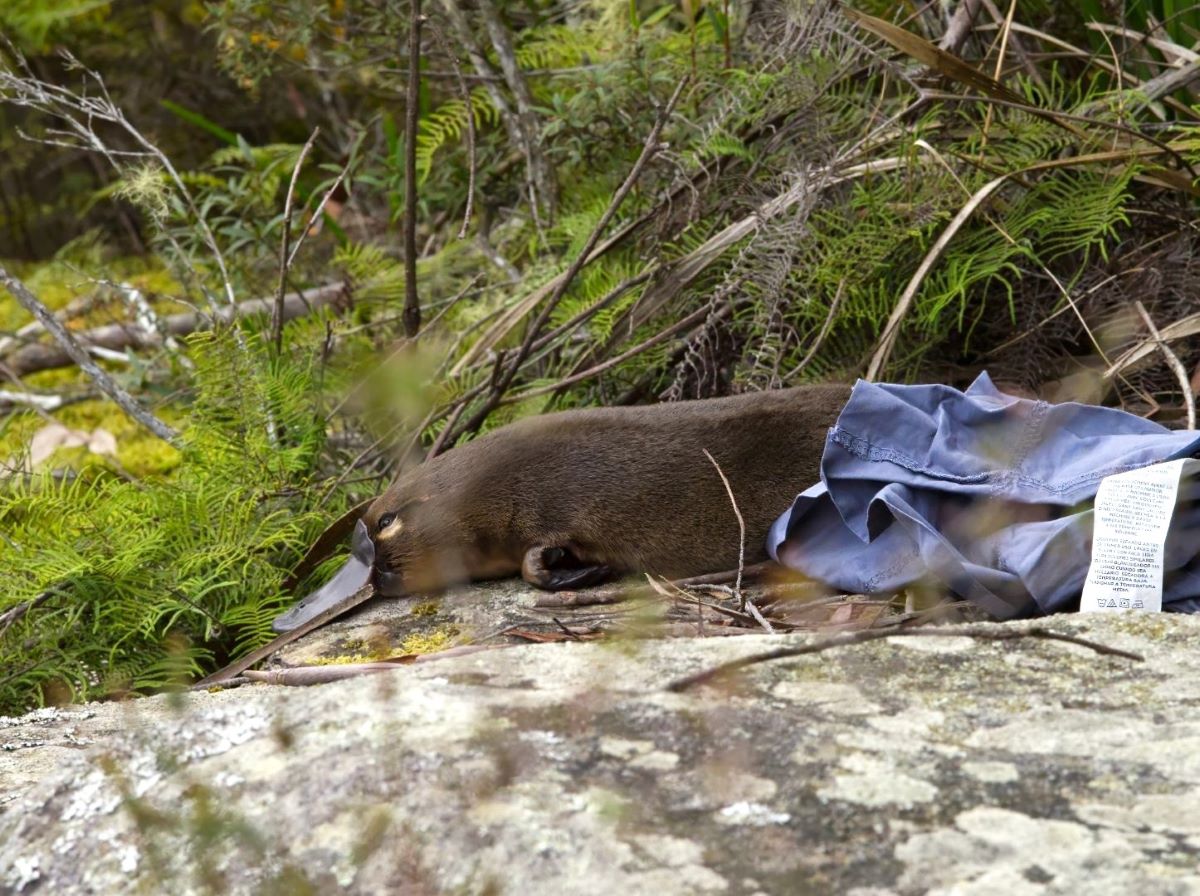
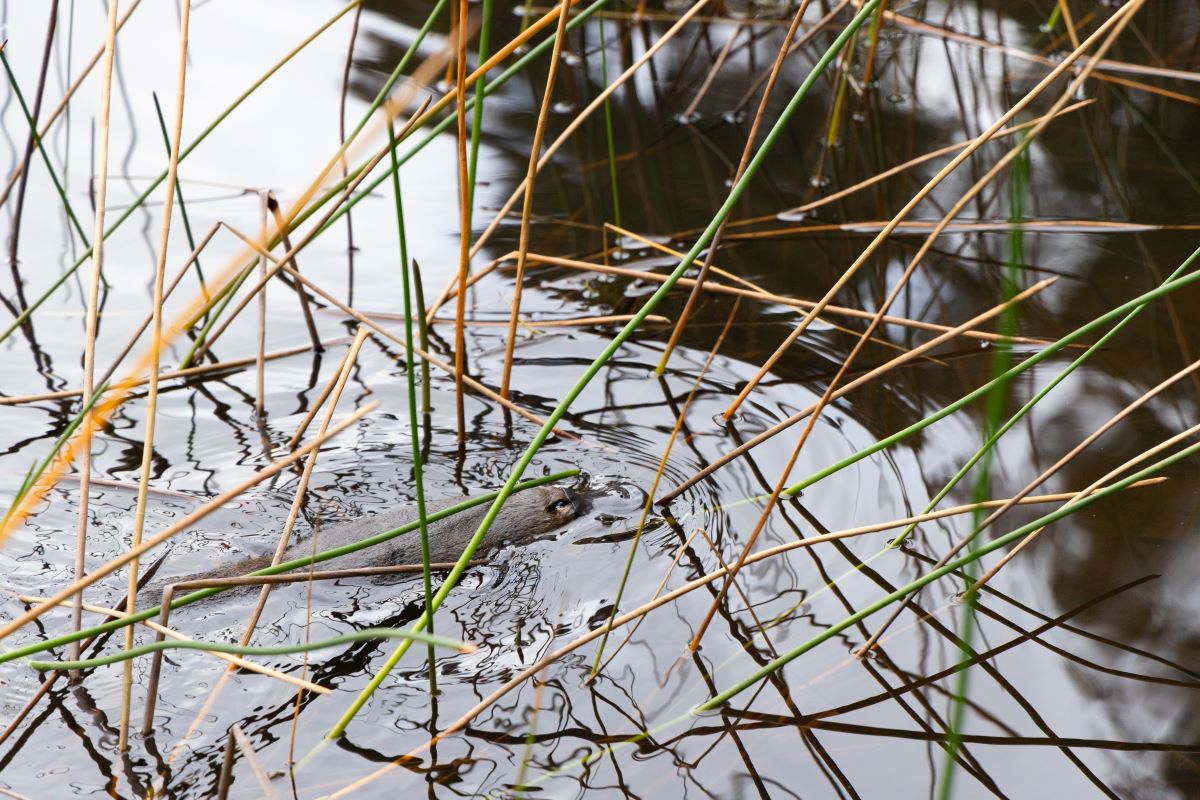
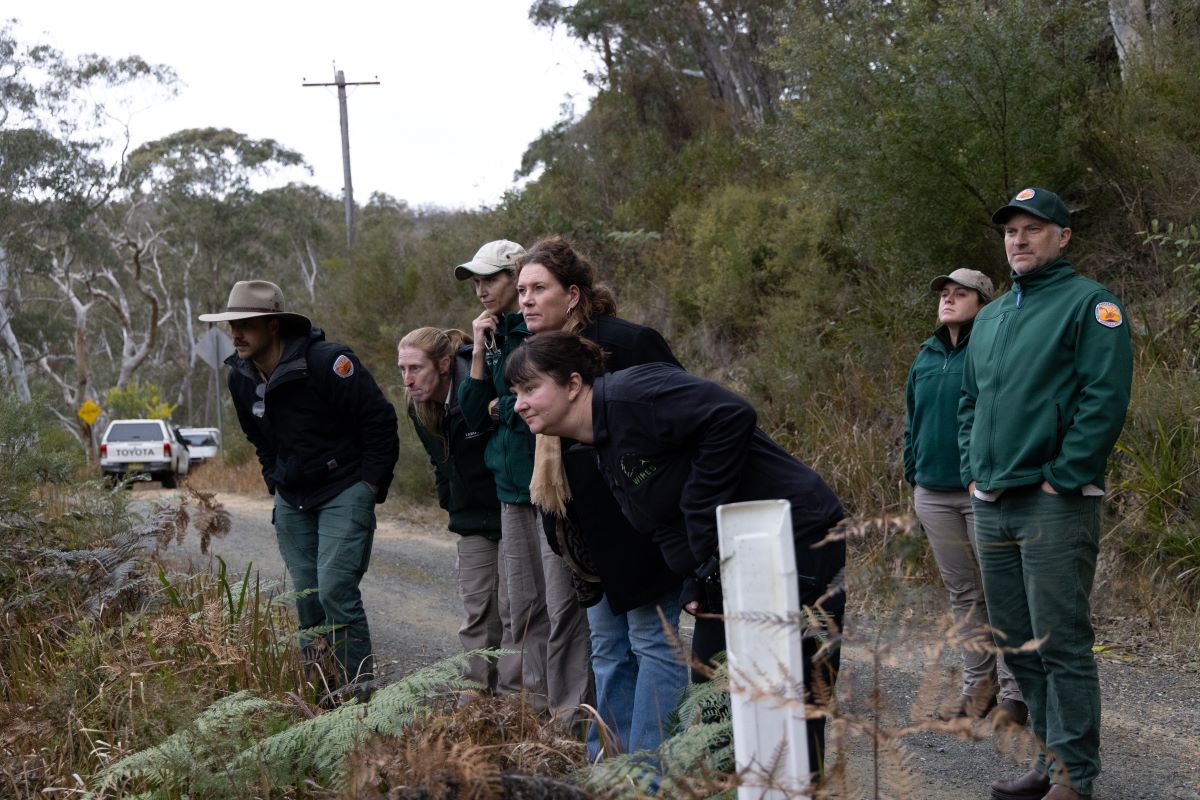
With its duck-like bill, webbed feet, otter-like fur and beaver-shaped tail, the platypus is one of the most unusual creatures on Earth. This monotreme - or egg-laying mammal - also possesses electroreceptors in its bill that detect the faint electrical signals of its prey, such as crustaceans.
Protecting species like the platypus is vital not only for biodiversity but also for preserving the natural heritage of New South Wales and the Blue Mountains region for future generations.